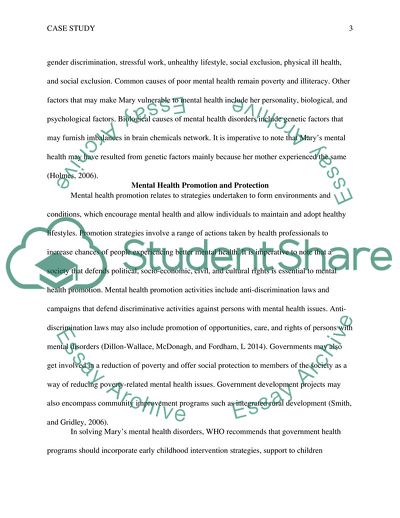Cite this document
(Understanding the Development of Mental Disorders and Its Recovery Process Case Study Example | Topics and Well Written Essays - 3000 words - 5, n.d.)
Understanding the Development of Mental Disorders and Its Recovery Process Case Study Example | Topics and Well Written Essays - 3000 words - 5. https://studentshare.org/psychology/1841307-case-study
Understanding the Development of Mental Disorders and Its Recovery Process Case Study Example | Topics and Well Written Essays - 3000 words - 5. https://studentshare.org/psychology/1841307-case-study
(Understanding the Development of Mental Disorders and Its Recovery Process Case Study Example | Topics and Well Written Essays - 3000 Words - 5)
Understanding the Development of Mental Disorders and Its Recovery Process Case Study Example | Topics and Well Written Essays - 3000 Words - 5. https://studentshare.org/psychology/1841307-case-study.
Understanding the Development of Mental Disorders and Its Recovery Process Case Study Example | Topics and Well Written Essays - 3000 Words - 5. https://studentshare.org/psychology/1841307-case-study.
“Understanding the Development of Mental Disorders and Its Recovery Process Case Study Example | Topics and Well Written Essays - 3000 Words - 5”. https://studentshare.org/psychology/1841307-case-study.


